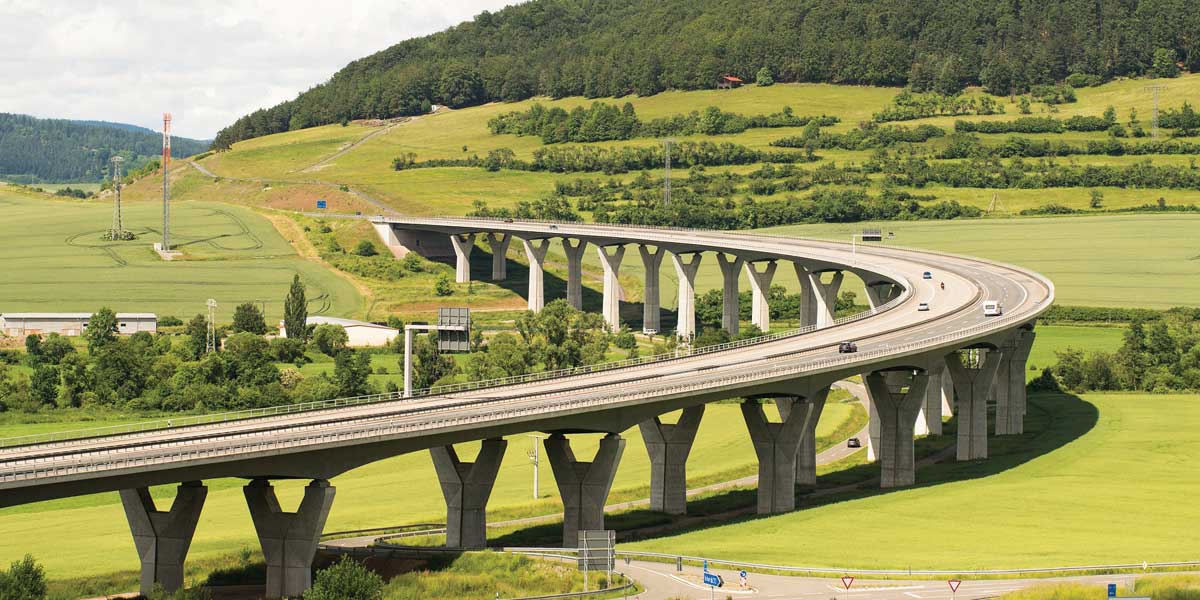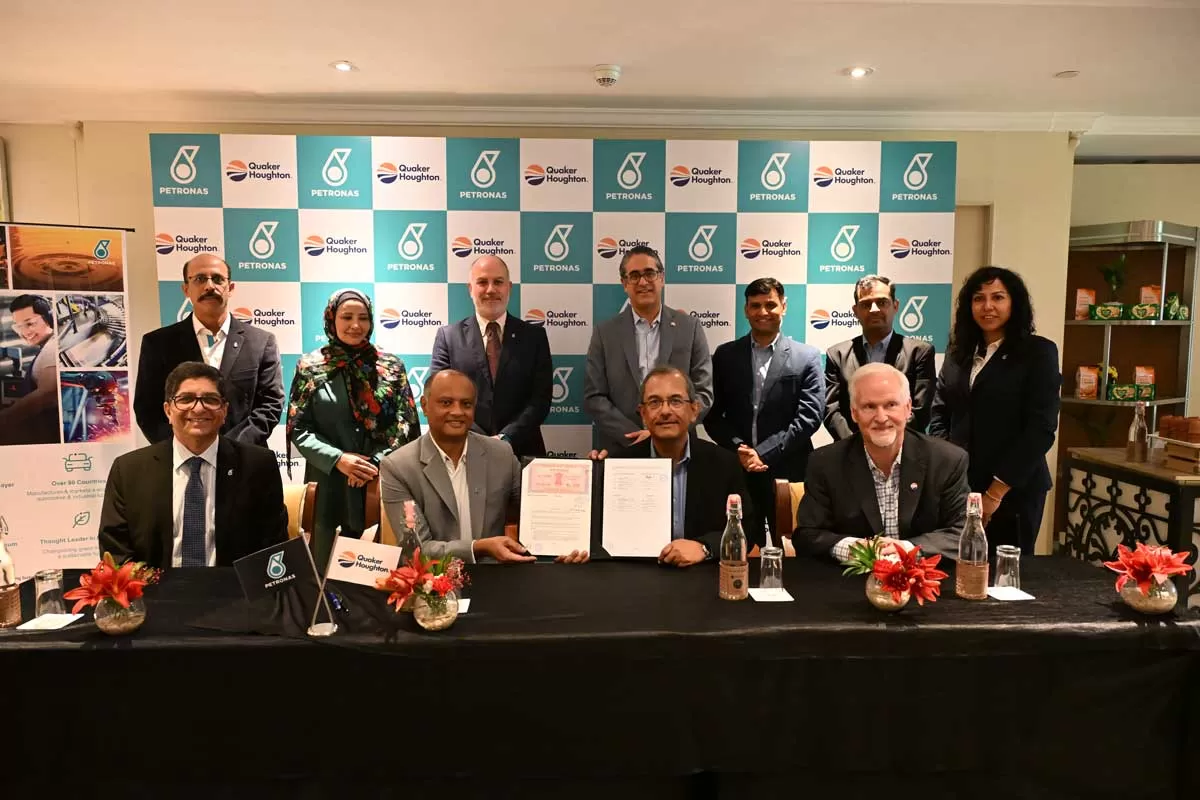Infrastructure development has continued to be the mainstay for propelling the Indian economy and has been at the forefront of new policy initiatives progressively addressing the legacy issues over a period of time. To achieve the aspirational target of becoming a US$ 5 trillion (GDP) Economy by FY 2024-25, India needs to spend about US$ 1.4 trillion over FY 2020-25 compared to infrastructure investment of only US$ 1.1 trillion during FY 2008-17. Hence, infrastructure development will continue to be a significant contributor and is seen as a key driver in achieving government’s ambitious GDP target.
Government is pushing development in the infrastructure sector with different initiatives such as National Infrastructure Pipeline (NIP), PM Gati Shakti, National Monetisation Plan (NMP) and housing schemes. With an objective to boost some of these key development initiatives in India, a comprehensive allocation of `10 trillion was announced in the Union Budget 2022-23. While large part of the green filed capex is being undertaken under the governments balance sheet. The sector has seen increased involvement of private sector which is set to further increase at a prolific rate going forward. Yearly private equity and venture capital investment is expected to cross US$ 65 Billion by 2025.
Mission PM Gati Shakti
Prime Minister Shri Narendra Modi launched the PM Gati Shakti – National Master Plan in October 2021 as a major step towards India’s ambitious goal to achieve US$ 5 trillion economy. As a part of this initiative, active mapping of infrastructure projects across the country will be updated on real time basis with the help of sophisticated Space Applications and Geoinformatics tools based on Geographic Information System (GIS) platform.
The Gati Shakti digital platform will help in removing issues such as disjoint planning, lack of standardization, underutilization of installed capacity and problems related to approvals and clearances by bringing together 21 ministries such as Railways, Road Transport & Highways, Ports, Shipping and Waterways, Civil Aviation, Power, Telecommunications, NITI Aayog, etc.
The approach of PM Gati Shakti is driven by seven engines, which are railways, roads, ports, waterways, airports, mass transportation and logistics infrastructure.
The PM Gati Shakti – National Master Plan has been launched as an integrator of Rs.111 trillion worth of projects under the NIP for the period from FY 2019-20 to FY 2024-25. In March 2022, out of total projects worth of `111 trillion, project worth of Rs.44 trillion were under implementation and project worth of `22 trillion were under development stage under NIP. With total allocation of `66 trillion over FY 2020-25, energy, roads, and urban infra sectors will be greatly benefited due to NIP.
The institutional framework of PM Gati Shakti is designed to have a three tier system that includes Empowered Group of Secretaries (EGoS), Network Planning Group (NPG) and Technical Support Unit (TSU).
Under the chairmanship of Cabinet Secretary, EGoS will monitor the Master Plan and give approvals for any changes. The EGoS will also intervene in transporting bulk goods efficiently based on demand of different ministries. Role of NPG is to reduce logistics costs through micro-plan detailing, to integrate networks and to optimize networks expanding or creating new network.
NPG will coordinate between different departments and ministries to break the silos and integrate infrastructure projects. TSU will have subject matter experts under four verticals, i.e., integration, optimization, standardization and digitization. This set up seems to be well thought through along with the much needed involvement of sector experts from private sector as well, however the roll out plan including the operational finer points may take some time to evolve and shall be a matter to watch out for closely.
Objective of PM Gati Shakti
Infrastructure investments have a multiplier effect on economic development of the country. Wasteful resources and expenditures, time-taking approval process, multiple regulatory and environmental clearances and ineffective land acquisition process are a few hurdles in the infrastructure development in India. PM Gati Shakti – National Master Plan has been introduced in order to overcome such issues.
India’s rank in ease of doing business has significantly improved over the last ten years or so. The plan will further facilitate the ease of doing business by digitization of data on a single platform pertaining to the existing and upcoming multimodal connectivity projects, which will help investors/business people to plan their businesses at suitable locations.
To further enhance synergy benefits, the plan aims to increase efficiency by executing various projects with common vision instead of working in silos. The plan covers several infrastructure schemes (Bharatmala, Sagarmala, UDAN, inland waterways, dry/land ports) and economic zones (textile, pharmaceutical, electronic parks, industrial corridors, defence corridors) to improve connectivity and increase competitiveness of businesses for robust growth in the Indian economy.
PM Gati Shakti will help enable India’s manufacturing competitiveness by enhancing logistics efficiency. The Logistics Performance Index (LPI), a key indicator towards achieving efficient Infrastructure development and haulage amongst developing nations is all set to improve in India at the backdrop of implementation of PM Gati Shakti initiative.
It is estimated that the logistical cost in India is about 14 per cent of GDP, which is higher than the developed countries. This will reduce to 8-10 per cent of GDP by 2027 and I see this as a as a key driver towards reducing the inefficiencies in the supply chain costs further aggravated post COVID and the recent geo-political changes in Asia as well as Europe.
Besides others, one of the critical issues that PM Gati Shakti aims to address is to align the timelines of different projects by forming synergies among different departments at the initial stage of project execution. It also aims to take initiatives after the completion of project to avoid past inefficiencies in order to reduce losses. The plan will avoid delay of getting clearances by standardizing the entire process and timelines to be followed by all the agencies.
Implication of the PM Gati Shakti
In the last decade, the biggest impediment for implementing infrastructure projects in India was getting the land acquisition done on time besides receiving the requisite regulatory approvals. However, this has streamlined for most of the sectors along with a genuine attempt to overhaul the Public-Private Partnership (PPP) model with an aim to get rid of the inefficiencies within the system.
PM Gati Shakti initiative is an attempt to further stimulate the process of getting the timely approvals in place,
wherein multiple agencies and government departments are involved. This initiative would also lead to laying
down of standard procedures for conceptualising and implementation of complex infrastructure projects going forward. The idea is minimise the efforts on coordination for the approvals and laying down a sustainable and
transparent method statement for achieving the same across multiple government agencies.
It is high time that we realise that while pursuing ambitious projects under the ambit of NIP is important it is equally important to ensure completion of these project in a time bound manner to ensure public money and government’s exchequer is put to an efficient use. As far as drawing the attention of foreign investors to invest in the Indian Infrastructure arena goes we have achieved decent success over the last 8-10 years with leading global pension and sovereign funds actively investing through their investment vehicles set up in India.
Policy consistency remained the key concern for such long investors for the longest time, however these inventors are equally concerned about the pace at which these projects are implemented once conceptualised or awarded. This is where PM Gati Shakti could make a major difference in changing the perception amongst key stakeholders. Building efficiency in this complex ecosystem which cuts across bureaucratic network between state and
central agencies is not easy, but at the same time very important to come close to our ambitious targets of investing US$ 4.5 trillion.
PM Gati Shakti Is a Potential Game Changer
Progressive government policies, greater interest of overseas investors and increased infrastructural demand and development activities are crucial factors to further scale up Indian infrastructure sector and this shall in turn stimulate the key drivers for India to consolidate its economic prowess in the global arena.
PM Gati Shakti is a very relevant initiative taken by the Government of India and is expected to effectively address some of the key challenges faced in the infrastructural development. The potential benefits of PM Gati Shakti could span right from debottlenecking of approvals and clearances, efficient implementation and monitoring of complex projects, standardization of procedures, improvement in overall ease of doing business, reducing logistics costs, strengthening supply chain across industries besides showcasing India’s digital prowess and its application to improve efficiency across sectors. Overall, PM Gati Shakti initiative seems to be well through and can be rated high on intent. While it may take some to evolve but I am hopeful the roll out plan and its application shall be extremely effective.
By: Sandeep Upadhyay, Managing Director - Infrastructure Advisory, Centrum Capital Ltd.


















